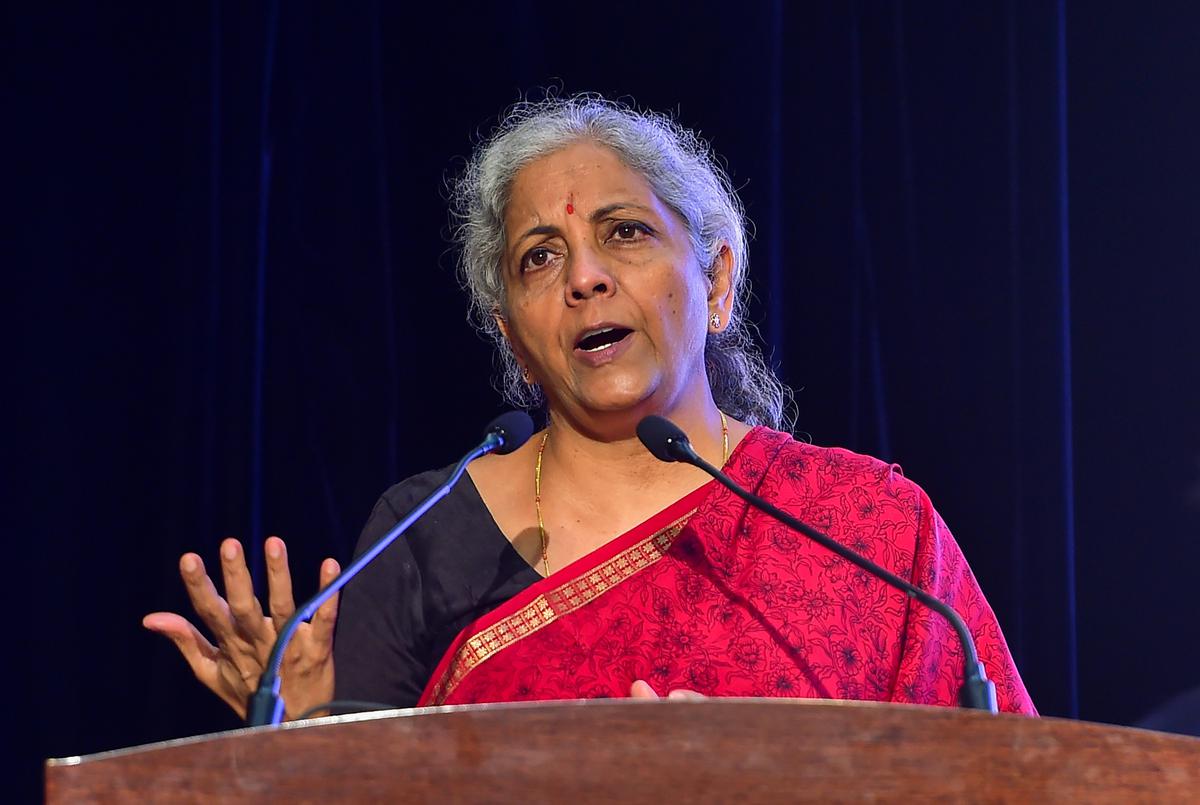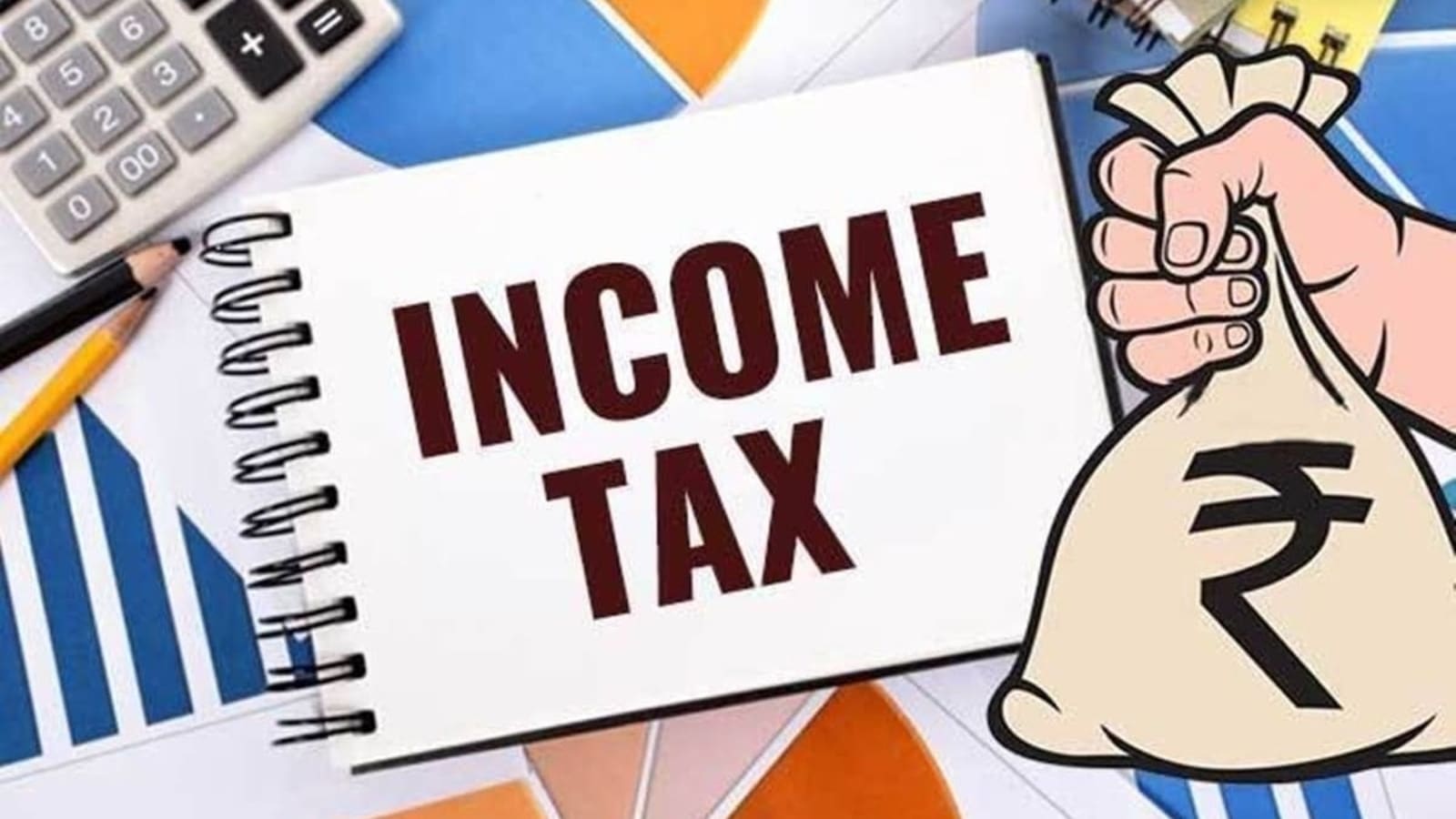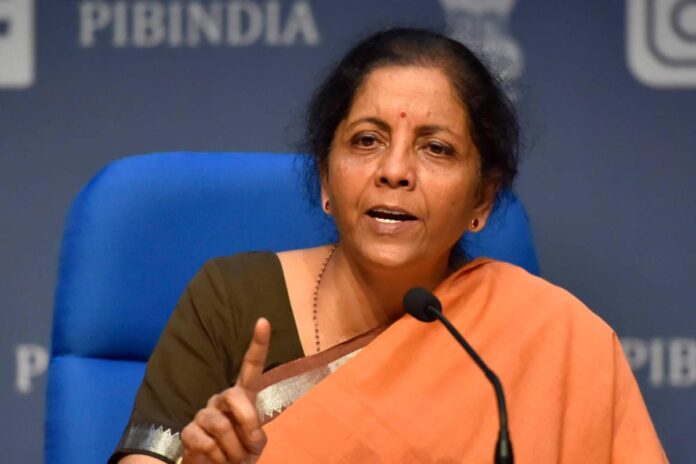In the Union Budget 2023, Finance Minister Nirmala Sitharaman announced significant adjustments to the new income tax system, including lower tax rates and a tax rebate on income up to Rs 7 lakh. But how does it stack up against the previous income tax system?

Nirmala Sitharaman, the finance minister, gave the new income tax system a facelift on Wednesday by lowering tax rates and introducing the tax-free allowance.
There were no changes made to the previous tax system, which allows for deductions for things like mortgage interest payments.
Even though the modifications to the new income tax regime, which is now the default personal tax regime, have received major coverage, some people are unsure as to whether to use it or make it more appealing than the older one.

WHAT ABOUT THE NEW INCOME TAX REGIME CHANGES?
The most important of the major announcements made by the finance minister was the extension of the rebate for people subject to the new income tax regime for annual income up to Rs 7 lakh.
“At the moment, people with income up to Rs 5 lakh do not file tax returns, under either the old or new tax regimes.”
I propose increasing the new tax system’s rebate cap to Rs 7 lakh. According to the finance minister, under the new tax system, people will not be obligated to pay any tax on income up to Rs 7 lakh.
A standard derivation of Rs 50,000 has moreover been added as a feature of the new personal expense piece.
This demonstrates that a salaried citizen likewise would be equipped for a forthright deduction of Rs 50,000 from their complete available pay under the new personal expense system, while this allowance was already just accessible under the old construction.

Here are the budget’s new income tax regime announcements for this year.
The Best 3 Choices
1. In her speech presenting the Union Budget, Finance Minister Nirmala Sitharaman made important declarations to restructure and simplify the new income tax system.
Under the new income tax system, the government made income up to Rs 3 lakh exempt from taxation.
Under the new system, people with incomes up to Rs 7 lakh will receive a rebate and won’t have the obligation to pay any income tax.
The new income tax system would serve as the “default regime,” according to Sitharaman.
2. The Union Minister announced an increase in capital spending for infrastructure development of 33% to Rs 10 lakh crore for the fiscal years 2023–24. The capital expenditure, or capex, will be at 3.3% of GDP, the highest allocation ever.
Sitharaman claimed that the newly created infrastructure finance secretariat will help to draw in more private investment when presenting the budget for 2023–2024.
3. In the Union Budget 2023, Finance Minister Nirmala Sitharaman announced an outlay for railways of Rs. 2.4 lakh crore, the highest in almost a decade and four times the allocation in the Budget from the preceding year.
She emphasized, “This is about nine times the outlay made in 2013-14,” comparing it to the year the Congress-led UPA ruled the nation. A further Rs. 75,000 crore was announced for 100 important transportation infrastructure projects.
SLABS FOR THE NEW INCOME TAX
The new income tax system’s tax slabs were also rationalized by the finance minister, bringing the total number of taxable brackets down to five.
The new tax rates are as follows: 0% for income between 0 and 3 lakhs, 5% for income between 3 and 6 lakhs, 10% for income between 6 and 12 lakhs, 20% for income between 12 and 15 lakhs, and 30% for income over 15 lakhs.

According to the government, all taxpayers who choose the new system will receive significant relief from these measures.
For a major instance, a person earning Rs 9 lakh will only be required to pay tax totaling Rs 45,000, or 5% of his or her income.
It represents a 25% reduction from the Rs. 60,000 required under the current structure. Similar to the above, someone making Rs 15 lakh would only have to pay Rs 1.5 lakh, or 10% of their income, which represents a 20% reduction from their current liability of Rs 1,87,500.
According to Abhishek Soni, Co-Founder of Tax2win, the launch of brand-new tax brackets with lower tax rates under the new tax law and the announcement of the adoption of a single, simplified common ITR form in the future illustrate the government’s intention to make income tax filing easier for the average citizen.
Which Income Tax Regime: The New or the Old, Is Preferable For You?
Does the overhaul of the new income tax system make it more appealing than the old tax system? Let’s look into it.
Given the introduction of a Rs 50,000 deduction, which will qualify them for a rebate on income up to Rs 7 lakh, the new income tax system ought to be an obvious choice for those making Rs 7.5 lakh per year.
A FACE-TO-FACE COMPARISON
To effectively have no taxable income, you could deduct Section 80C, Section 80D, housing loan interest, and Rs 50,000 in NPS contributions from your Rs 9 lakh annual salary, for example.
Simply put, the tax amount is zero due to the Section 87A rebate if you can claim deductions to reduce your taxable income to Rs 5,00,000.
People who choose the new income tax system, in contrast, will have to pay Rs. 45,000 in taxes on an annual income of Rs. 9 lahks because they are not allowed to claim deductions to lower their taxable income.
In fact, under the old tax system, those whose total salary is just over Rs 10 lakh will pay less in taxes because they can fully utilize all of the deductions available to them and significantly lower their taxable income.
On the other hand, under the new income tax system, those whose annual salary exceeds Rs 10 lakh will have to pay tax at a standard fee after itemized deductions and in the utter lack of deductions.
Also, read these articles.

